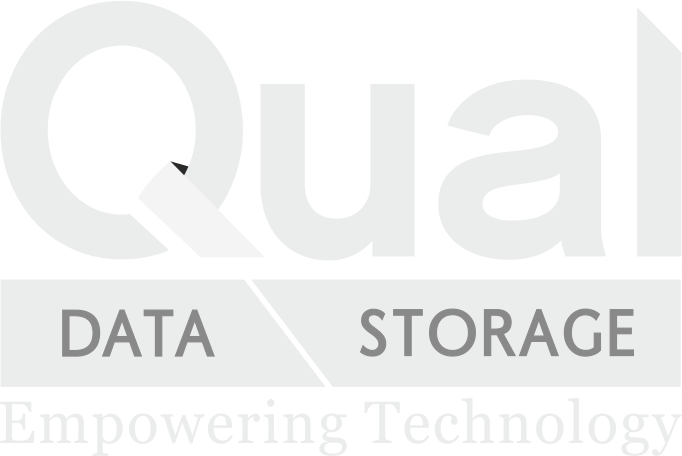
Virtualisation software emulates computer hardware allowing multiple operating systems to run on a single physical host.
Each guest operating system appears to have the host’s processor, memory, and other resources all to itself. The virtualisation layer is actually controlling the host processor and resources and allocates what is needed to each operating system, making sure that the guest operating systems (called virtual machines) cannot disrupt each other.
This allows for far greater levels of utilisation and the process of separating a server from its physical host can bring many benefits. This include added flexibility, the option to move applications to alternative hardware in the event of a problem, improved load balancing and dynamic resource allocation as well as the consolidation of resources leading to a significant reduction in hardware.






















